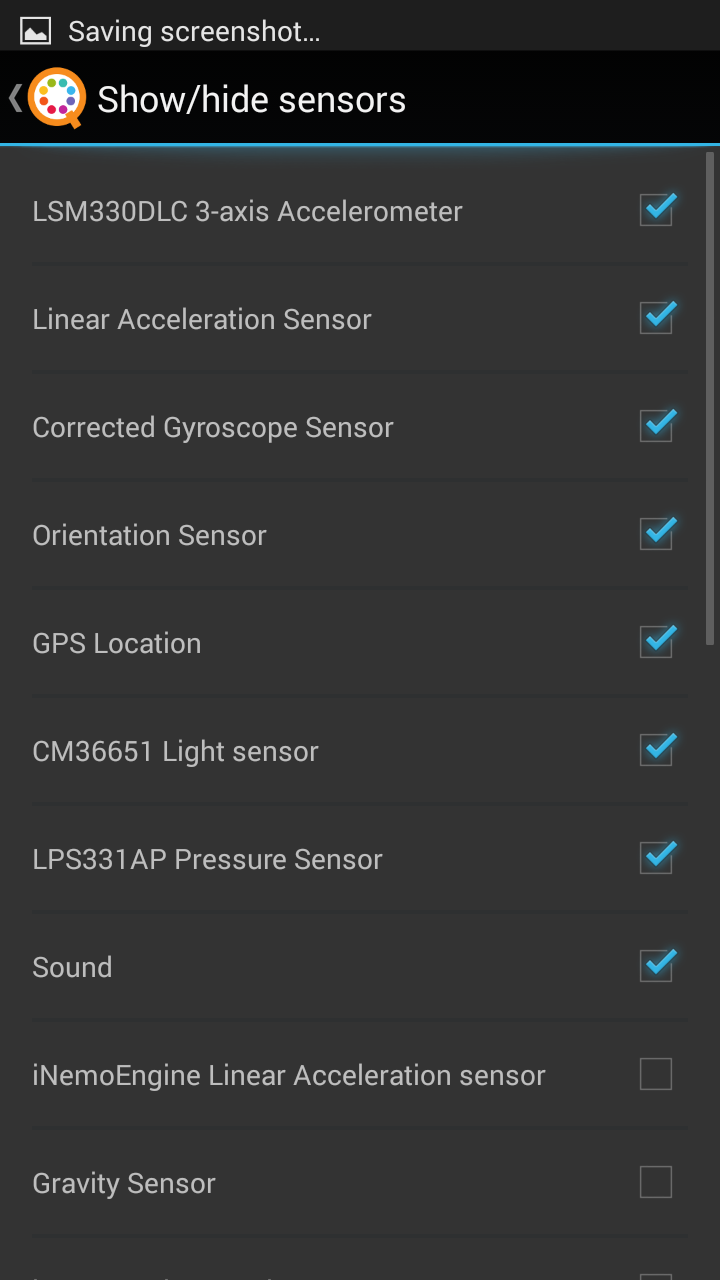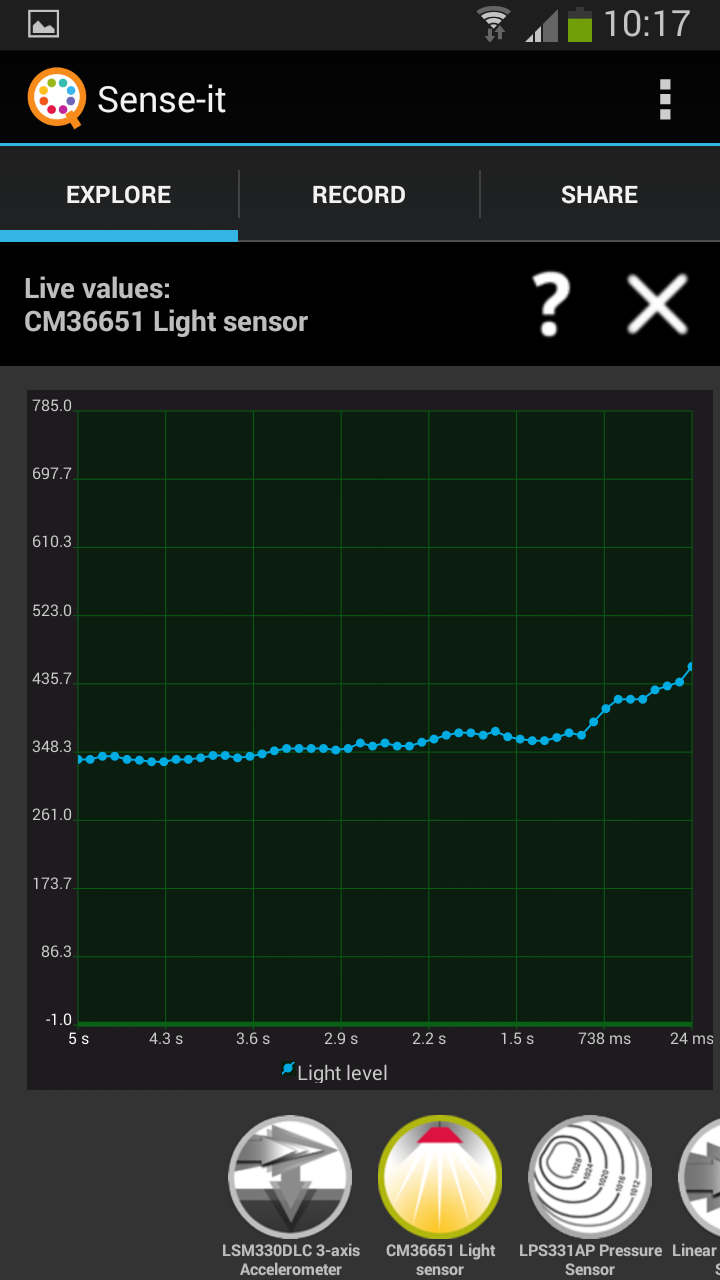Confessions of a Citeaholic – one man’s battle with academic social media addiction
My name is Dave and I am a citeaholic. I had been ignoring the signs for too long. Knowing my Google Scholar citation count without having to go and look it up, checking the impact factor of the journals I’d published in, posting every publication, however trivial, to multiple different academic social media sites.
The moment of truth came when academia.edu claimed I was in the top 4% of academics (based on some kind of gullibility index I assume). They sure know how to suck you in to their murky world. They wanted me to tweet it, they even put a Twitter button right there on the page (‘go on, you know you want to…’) I have to confess I even pressed it, started writing a tweet before, thank god, I came to my senses, deleted it, and resolved to get off the hard stuff, and try to get back to reality.
It all seemed so harmless in the beginning. Joining Facebook to just, you know, try it out, an innocent looking invite to LinkedIn from someone I thought I could trust. An occasional tweet but nothing, you know, dependent. Later it started getting more risky. Met some guy at the pub who told me about academia.edu. He told me it wasn’t addictive, just soft stuff. Trouble is, you can’t stop at just one publication. It starts with conference papers, then you feel the urge to go further and upload book chapters and before you know it you’ve given them all your journal articles and they still want more. Later on it was peer pressure. A group of so-called collaborators insisted I join them on ResearchGate. Then I started getting strangers asking me to supply them with copyright material. I told them it’s illegal, but they said everyone else is doing it, that it’s a victimless crime. Eventually I started getting threats. If I didn’t give them access I wouldn’t get any more citations. In the end I was mainlining Google Scholar like there was no tomorrow and even, god forgive me, experimenting with Microsoft Academic Search.
I woke up to the horrible truth about what the Guardian recently called, in the context of the UK’s Research Excellence Framework, ‘academic narcissism’, realising I was surrounded by pushers (‘you have a new follower’, ‘someone searched for you on Google’, ‘John asked for a copy of……’)
If anyone knows a cure for this terrible addiction, please let me know. In the meantime I will publish this blog post, which will automatically get posted to Facebook, Twitter, Google+, LinkedIn… Aaaaarrghhhh!!!!


